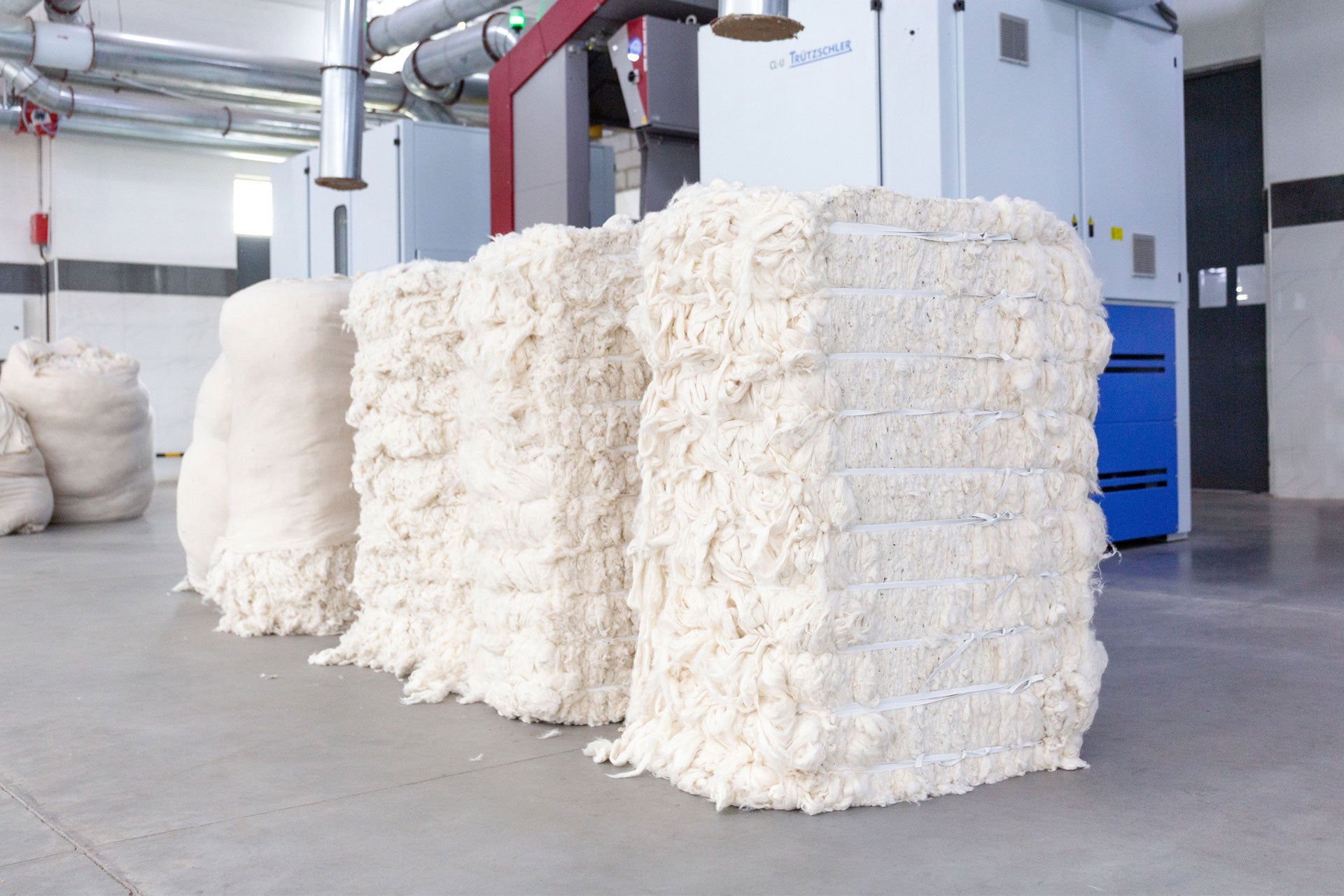Sustainability has been the fashion industry's favourite buzzword for a while now. Due to there being no commonly accepted definition (or at least a standard of some kind to hold everyone to), the term gets used with reckless abandon. And so we get to a problem: when every brand claims to be "eco-friendly," how do you know who is genuine and who is greenwashing?
What is greenwashing?
Greenwashing
Disinformation disseminated by an organisation so as to present an environmentally responsible public image. It can give the impression to potential customers that the organisation is doing more to protect the environment than it really is. In extreme cases, the cost of publicising “green” behaviours can exceed the actual investment in “green” actions.
Above is an excerpt from our glossary but a simple one-liner is that greenwashing is a marketing strategy where brands exaggerate or fabricate their environmental credentials to appeal to conscious consumers.
Now, many of us will have built connections with brands due to their marketing. This trust can be exploited by brands when they greenwash to give the perception that they are doing more than what they are in reality. It’s difficult to pause and critically analyse when “consuming content” from trusted parties but a healthy dose of scepticism can be useful. (It can also be difficult to avoid becoming jaded by regularly being sceptical: if you need some help, the best we can recommend is to touch grass regularly).
So without further ado, here are some red flags to watch out for.
1. Vague language without substance
Terms like "green," "eco," "natural," or "conscious" may sound promising but if they’re not backed by specifics, they're meaningless. Real sustainability claims should be supported by measurable standards or third-party certifications.
In the context of fashion, you can see these vague terms get used if some of the fibres in an item of clothing might be considered to be sustainable but sometimes it is not even obvious from the label how a product could even be described as partly sustainable. So, as harsh as it sounds, just assume that there is no substance when vague language is used.
2. Lack of transparency
If a brand doesn’t disclose important information like where its garments are made or under what conditions, it should raise some questions in your mind. Ethical companies share information regarding their supply chain, including labour policies and environmental standards.
There are some legitimate reasons where some information may be commercially sensitive and therefore not revealed but if nothing is readily available or even after some questions are put forth, one may conclude that the answers are unlikely to be pleasant.
3. One token ‘green’ collection in a sea of fast fashion
A tiny capsule collection made from organic cotton doesn’t offset an entire business model based on mass production and overconsumption. If 95% of a brand’s output is conventional fast fashion, the “sustainable” line is likely just window dressing.
For something like this to count, it would need to part of a larger trend to reposition a brand on a more sustainable path. Typically something like this would involve the percentage of sustainable items to increase on a year-by-year basis.

4. Overuse of natural imagery
Leaves, oceans, forests will regularly feature in the branding of authentic sustainable brands. So it should be of no surprise that other brands may choose to lean into that aesthetic. However, if this is without substantive content, it may be relying on aesthetic cues rather than operational changes. This is quite a subtle one and may in fact pass people by unless they scrutinise other aspects of a brand’s operations.
You really want to see the imagery backed up with certifications.
5. No certifications or verification
GOTS, OEKO-TEX and other similar certifications offer third-party validation. Brands that are truly committed to sustainability usually seek independent audits to support their claims. Now sometimes the costs of compliance make it difficult for smaller brands to get certification so we should give them a bit more leeway on this but if it’s a large fast fashion brand not bothering to get certified then you know what to conclude.
6. Hidden synthetics in 'eco' collections
A common tactic is marketing garments as sustainable while they’re still made with high percentages of virgin polyester or virgin acrylic. Earlier, we mentioned that some brands have a “green” collection as part of a wider non-green range. Here, we are referencing situations at the product level where a significant percentage of the fibres are in fact from synthetics. Due to microplastic shedding, describing a collection with synthetics, especially virgin synthetics, as eco-friendly or some other synonym is problematic to say the least.
7. No clear climate goals or progress reports
Many large fast fashion brands pledge carbon neutrality or climate action by 2030 or 2050. But without interim targets, published progress, or science-based roadmaps, those promises mean little.
These proclamations of targets can lead to a lot of confusion if they generate headlines in places with high mindshare as this kind of passive information consumption can lead to shifting perceptions of brands that may not be warranted.
8. Massive sales and overproduction
If a brand is constantly promoting discounts, flash sales, and weekly new arrivals, chances are that it is operating on a fast fashion model. Those that push micro-trends can encourage overconsumption from customers (on average clothes tend to be worn about 7 times before being discarded). But for overproduction to occur, you can imagine that brands have found a way to produce clothes so cheaply that for them overproduction and waste are simply part of the business model.

9. Distraction tactics
Changes such as more sustainable packaging solutions, a new recycling bin in-store, or a tree-planting campaign are individually good steps to take. However, if core business practices are being maintained, it's likely using distraction to deflect from more serious issues. Cosmetic changes should not distract from the larger harmful reality. If you put lipstick on a pig, it is after all still a pig.
10. No accountability or engagement
People with integrity can typically deal with constructive criticism. They are secure in their actions and when they have fallen short of certain standards they can acknowledge reality and seek to improve. Look at how brands respond to criticism to see if they are secure in their actions. Do they engage with their community and improve over time? Or do they deflect, deny, or stay silent? Honest brands welcome scrutiny.
Reflections
The whole point about greenwashing is to give the impression that a brand is somewhat more sustainable than it actually is. Brands get away with this by using the tricks above and we can only protect ourselves if we pause and critically reflect on the content we consume.
At Pomp Clothing, we took the time to build a supply chain aligned with our values so that our customers get genuine sustainable and circular fashion instead of falling prey to fast fashion. Want to dig deeper? Explore our guide to quitting fast fashion here.




